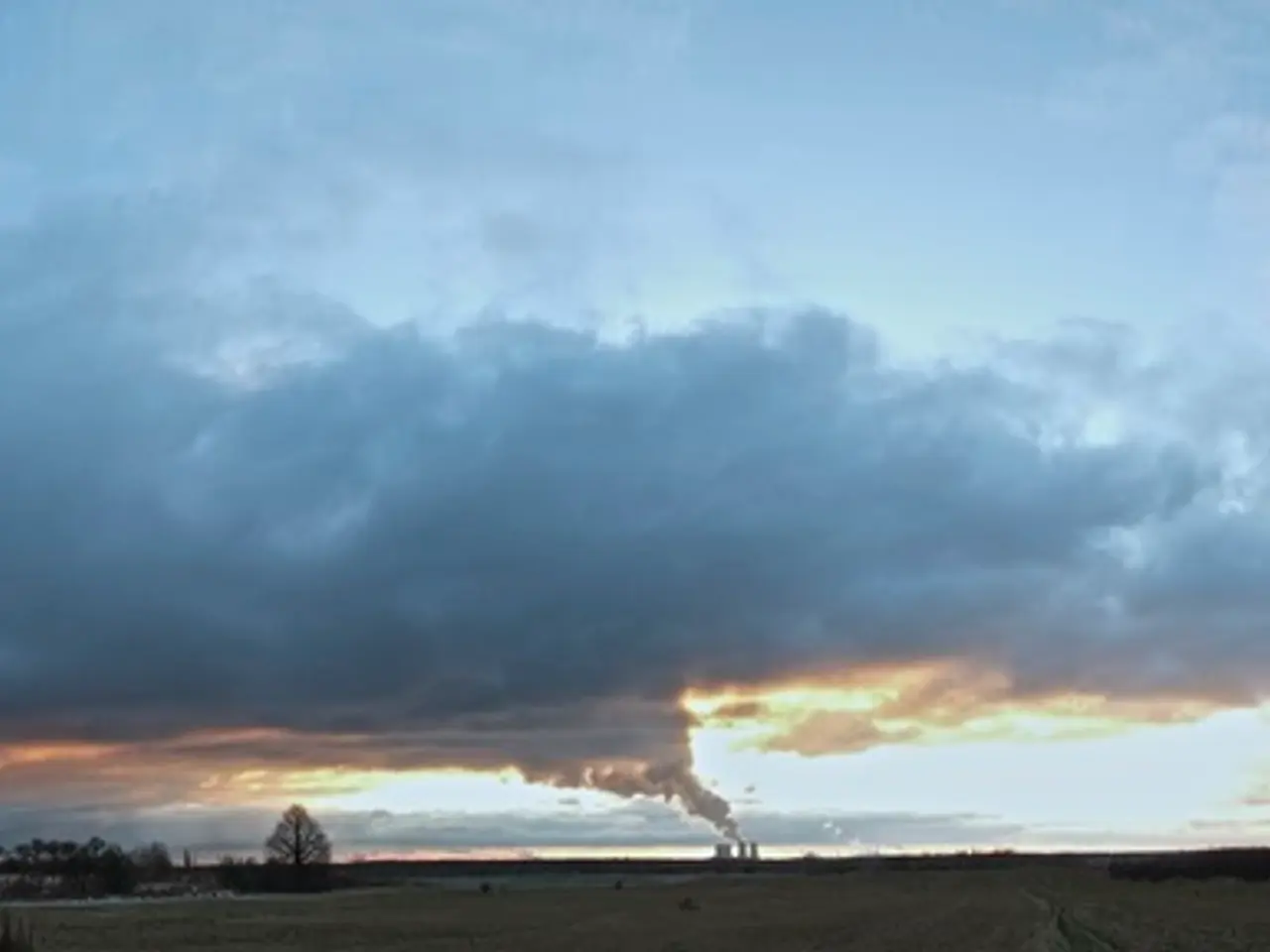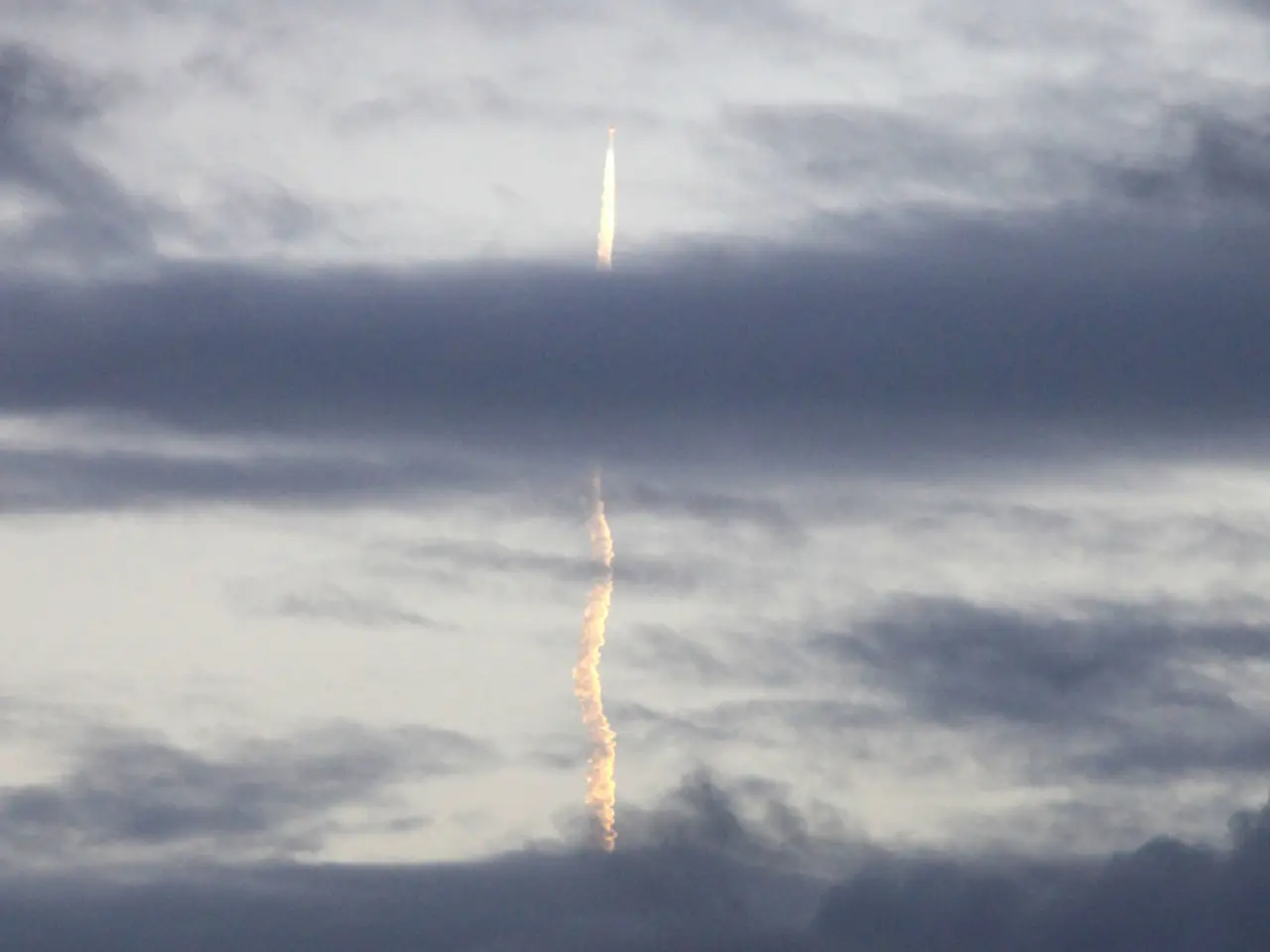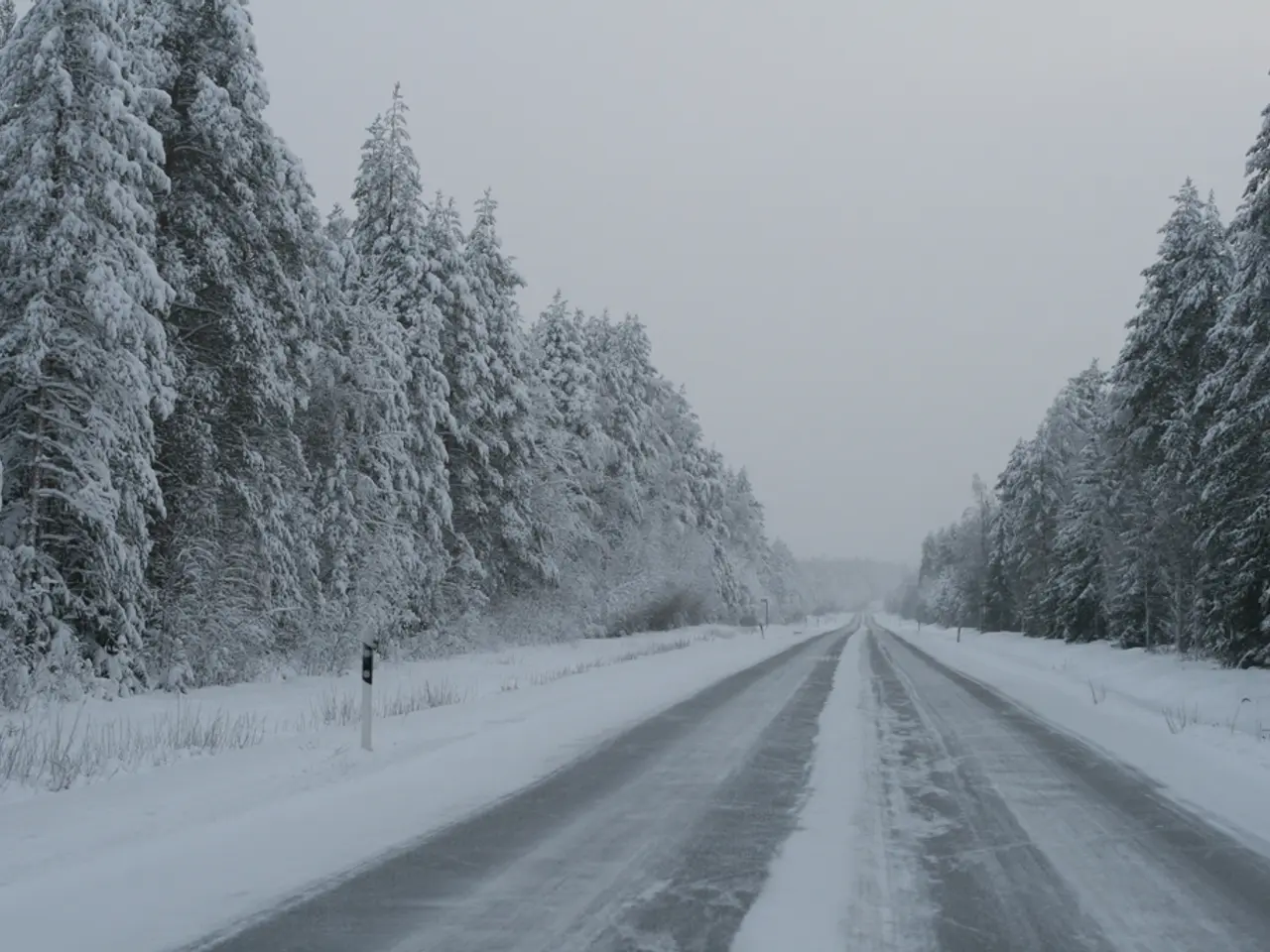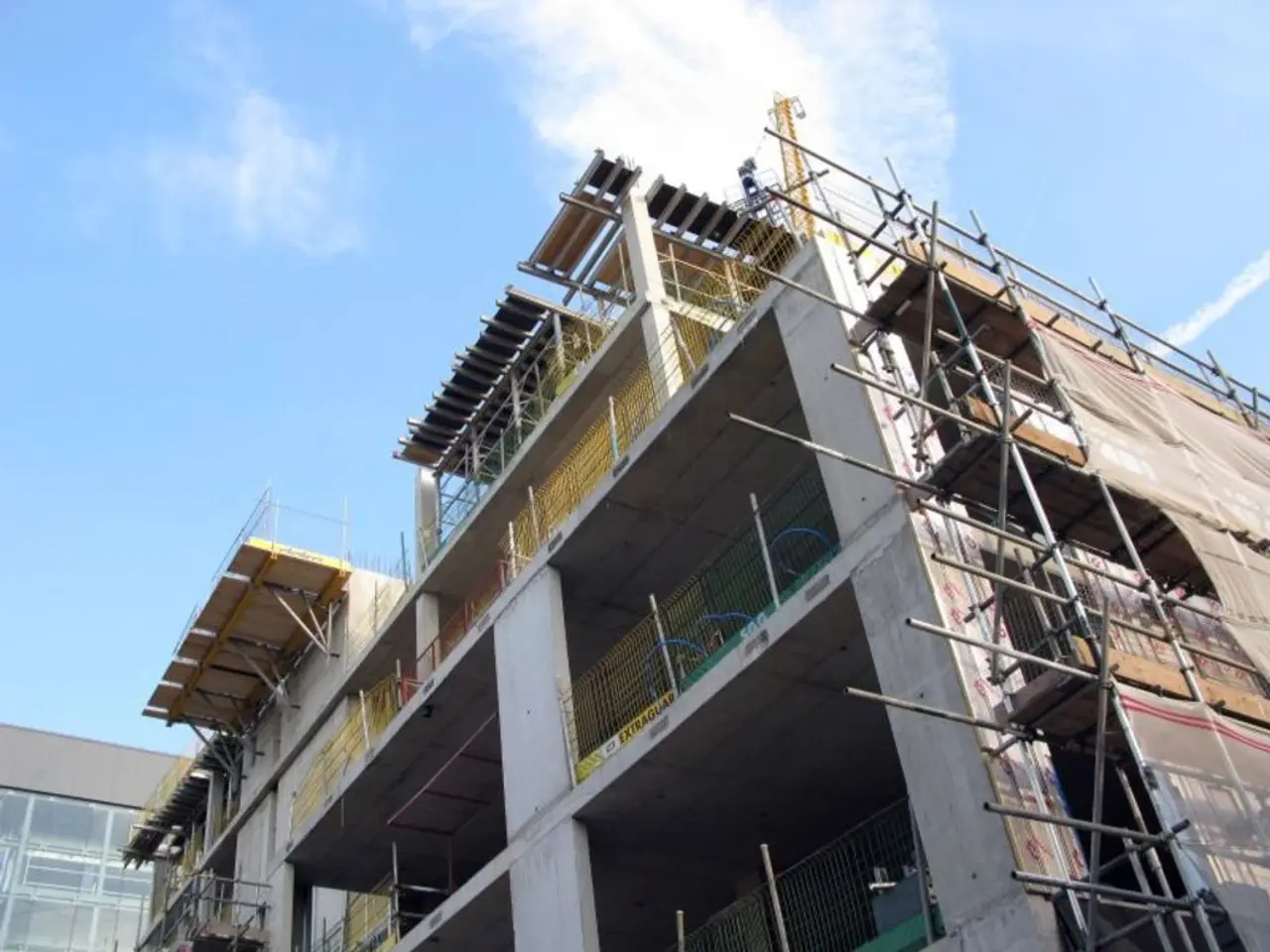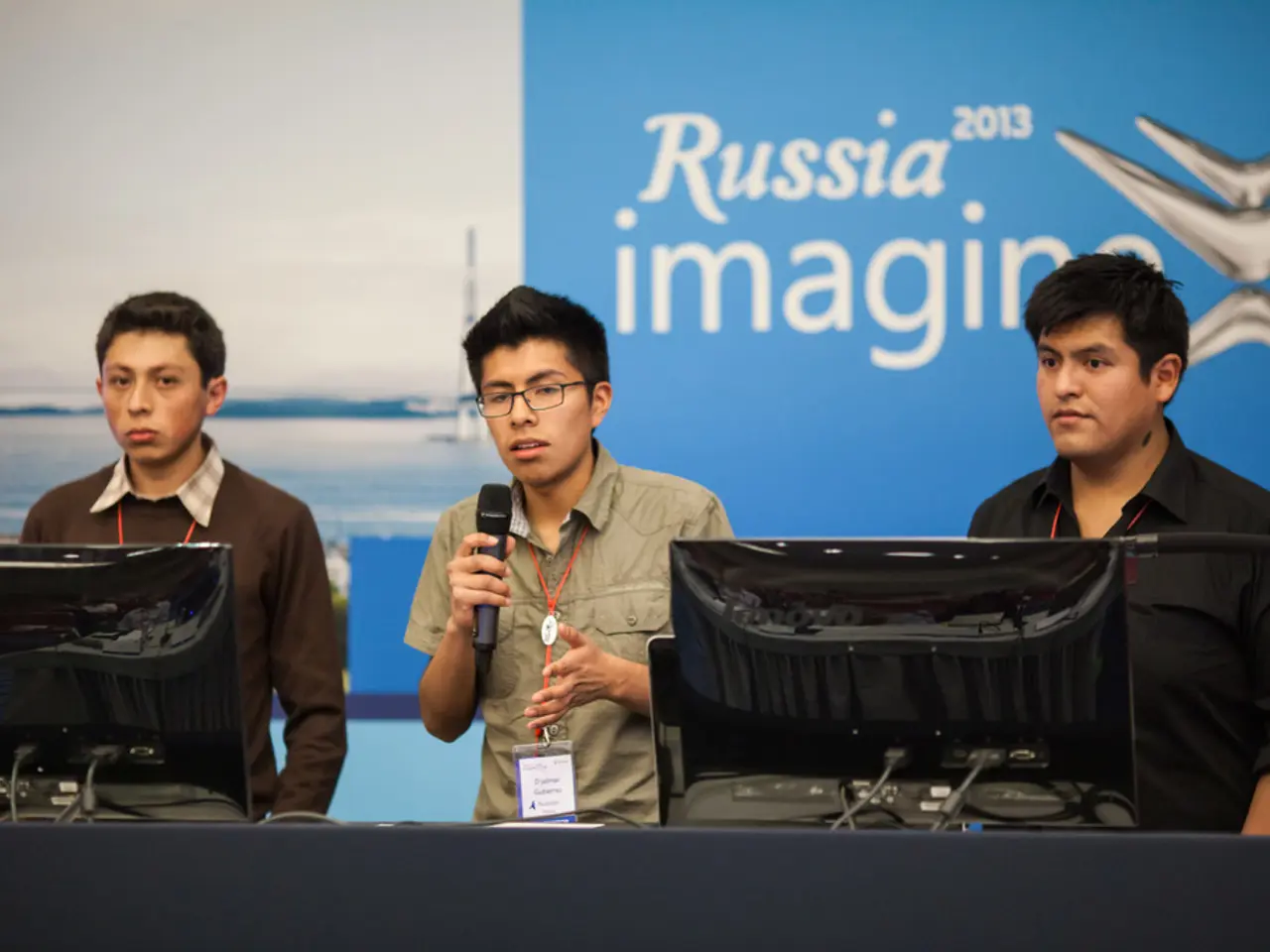July Fourth Weather Outlook throughout U.S.: Anticipated Weather Conditions Nationwide
This Fourth of July weekend, the weather across the United States will feature a diverse mix of heatwaves, severe storms, and increased fire danger, depending on the region.
**Storm Risks**
Thunderstorms are expected to dominate the Upper Midwest, Plains, and Florida on July 4, with afternoon and early evening storms in much of the Southeast, particularly over the Florida Peninsula. Most storms are expected to dissipate after sunset.
The Northeast faces a level 2 out of 5 severe storm risk from July 3-4, with potential threats of damaging winds, lightning, and large hail in areas from Philadelphia to New York City and Vermont to Maine. Severe storms are also possible in North Dakota, with risks of damaging winds, large hail, and tornadoes.
Spotty thunderstorms from the Midwest to the Northeast may continue from Wednesday to Thursday as a secondary front moves through.
**Heatwaves**
Abnormally high temperatures and heat advisories are in effect for the Upper Midwest, including Minnesota, where heat index values could approach 100°F, and Chicago, forecast to reach 97°F on July 5.
Heat will spread eastward, with Burlington, Vermont potentially reaching record-tying highs of 95°F on July 6. In contrast, parts of Texas and the West will see below-average highs on July 4, with Los Angeles and Dallas forecast to peak near 82°F and San Francisco near 62°F. Dallas will warm back to the mid-90s by Saturday.
Much of the Southeast will experience typical heat and humidity on July 4, contributing to thunderstorm development.
**Fire Danger**
Red flag warnings and elevated fire danger are in place for parts of Oregon, Idaho, Nevada, and Utah on July 4 due to dry conditions and high temperatures. The National Interagency Fire Center projects near to above normal significant fire potential from July through October for various regions, including central and southern California mountains and northern California, portions of the southern Great Basin, northwest Colorado, southwest Wyoming, central and North Texas, northeast Texas, Oklahoma, and northwest Minnesota.
**Additional Notes**
The Northeast will see a decent push of less humid air by July 4, leading to mostly sunny conditions and reduced rain chances except for some showers in northern and eastern New England. Florida and nearby coastal areas (Georgia, coastal Carolinas) may experience several inches of rain from widespread showers and thunderstorms through July 7, potentially up to 4 inches in parts of Florida.
The Southwest will begin experiencing the North American Monsoon midweek, bringing more storms and travel complications.
Be prepared for damaging winds, lightning, and possibly large hail in the affected areas. Dallas will rebound to temperatures in the mid-90s by Saturday. The weather in San Francisco on the Fourth of July will be significantly cooler than the average temperatures in the area. On Saturday, temperatures in Florida could be significantly higher than on the Fourth of July. On July 4, temperatures will be abnormally high in the Upper Midwest. There's fire danger on the Fourth of July.
While traveling across the USA this Fourth of July, it's crucial to be mindful of the diverse weather conditions. Furthermore, travelers should check the weather-forecasting reports before their journey, as many regions will experience extreme temperatures, storm risks, and increased fire danger. For instance, the Northeast is at a level 2 out of 5 severe storm risk from July 3-4, and the Upper Midwest will experience abnormally high temperatures, potentially causing fire danger.
